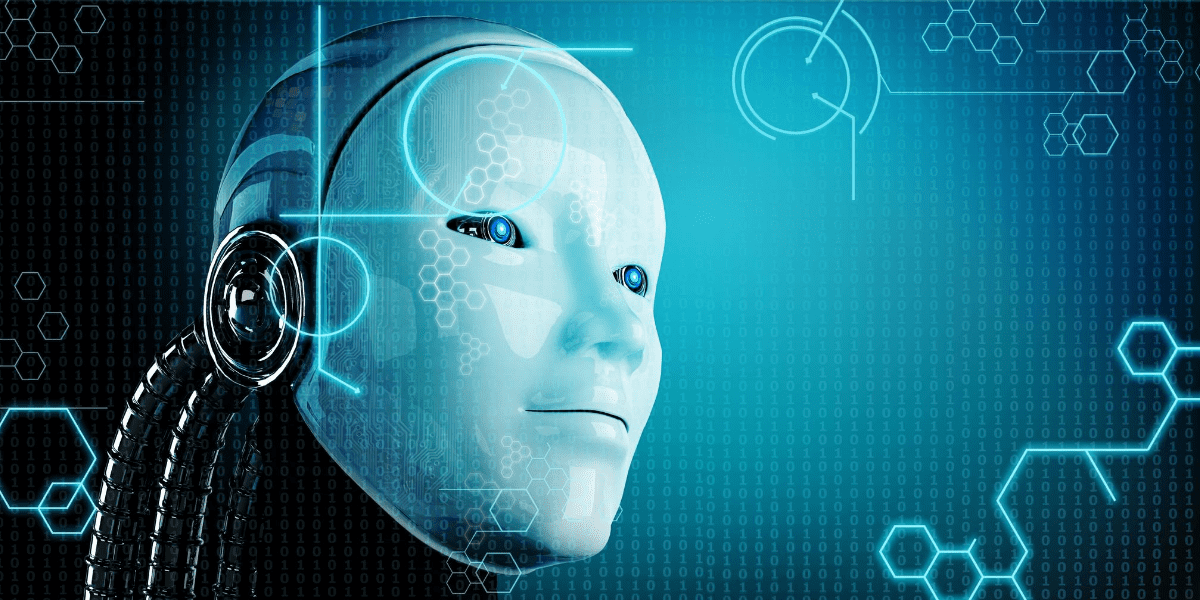Artificial intelligence and robotics are transforming the way we work, and healthcare is no exception. As healthcare costs continue to rise and the demand for quality care increases, these technologies have become essential tools that can help improve operations while reducing costs.
Here are three ways AI and robotics can improve healthcare operations:
- Patient Safety – AI can be used to monitor patient vitals, alerting nurses and doctors when something goes wrong. It can also be used to detect intruders in hospital rooms or other areas where people need to be protected from harm.
- Decision-Making Support – Robots can help doctors make better decisions about patient care by providing them with information about their patients’ cases based on previous experiences at similar hospitals around the world. These machines are able to scan through thousands of past cases quickly, giving doctors fast access to information that would otherwise take days or weeks to gather manually.
- Automated Tasks – Robots can perform repetitive tasks like cleaning floors or taking inventory without needing breaks or supervision from humans—which means more time for human employees working on other projects
What is Artificial Intelligence and Robotics
Artificial intelligence is the process of creating or redesigning computer programs to act on behalf of humans. Robotics is a type of technology that helps machines interact with humans in an efficient and safe manner. Robotics technologies can be used for a variety of tasks, including healthcare operations.
Artificial intelligence and robotics are two very interesting subjects that are often in the news lately. They both have a lot of potential to help our world, but they also come with some concerns. In this article, we’ll explain what artificial intelligence is and what robotics is.
Artificial Intelligence (AI) is a process of creating or redesigning computer programs to act on behalf of humans. This can be done by creating software that learns from data it receives from humans and makes decisions based on that information. For example, if someone asks the AI program “What should I wear today?”, it might provide a list of options based on weather conditions in your area or other factors you’ve inputted into the program previously.
Robotics is another type of technology that helps machines interact with humans in an efficient and safe manner. Robotics technologies can be used for a variety of tasks, including healthcare operations such as surgery or treatment for patients with disabilities or injuries who need assistance navigating their environment safely without harming themselves or others around them.
How do Artificial Intelligence and Robotics help healthcare operations
Artificial intelligence and robotics are ideal for healthcare operations because they improve efficiency, identify potential problems early on, can help people with disabilities, and automate tasks.
They have the potential to improve patient treatment by automating various tasks in healthcare settings. For example, robots could be used to treat patients in the hospital, manage patient movements in clinics, and even provide assistant care.
Artificial intelligence and robotics can help improve efficiency by helping nurses and doctors communicate better with patients. For example, hospitals could use a robot to greet visitors at the door or even provide information about the hospital’s services to those visiting it for the first time. The result would be fewer staff members needed for these tasks, which would lead to cost savings for hospitals.
Robots can also be used to assist people with disabilities in their day-to-day lives. For example, a robot may be used by someone who is wheelchair bound to help them get around more easily or even open doors or pour drinks from a bottle into a glass without spilling any of the contents on themselves or others nearby (which could happen quite often if done manually).
Finally, robots can be used to automate tasks in healthcare settings so that nurses and doctors have more time available for other things like patient care or research projects that might benefit society as a whole rather than just those within your own organization (e.g., finding cures for diseases such as cancer).
How to Use Artificial Intelligence and Robotics in Healthcare
Artificial intelligence can be used to help improve patient communication. For example, a hospital may use artificial intelligence to identify and understand patient preferences in order to create more efficient care plans.
Additionally, robots can be used to help with patient safety in healthcare settings. For example, robots that move patients automatically may help prevent falls and other medical emergencies. Finally, robots that treat patients can automate tasks such as bathing, dressing, and administering medication.
Artificial Intelligence and Communication in Healthcare
One of the most exciting uses of artificial intelligence in healthcare is how it can help patients communicate better with their doctors. For example, if you had a heart attack or other serious medical condition, it would be helpful to have an AI on hand (in a robot) who could give you advice about what to do next. This is especially helpful if you’re not able to speak English very well or if your knowledge of medicine is limited.
The first step toward this goal is for doctors to use more conversational language when talking to patients. The second step involves creating robots that can interpret those conversations and respond appropriately. And the third step involves developing an AI-powered bot that can act as an intermediary between doctor and patient during these conversations.
Robotics for Patient Safety
Robots are also being used in healthcare settings to help prevent falls and other medical emergencies. For example, robots that move patients automatically may help prevent falls and other medical emergencies. They can also help caregivers monitor patients’ vital signs without having to physically touch them—which reduces the risk of contamination or infection.
With the ability to move around using artificial intelligence algorithms and sensors, these robots could be used to deliver medication on time or monitor patient vitals without having a human being be present. This is just one example of how robotics are being used in healthcare settings to improve patient safety.
Robotics for Treatment
Finally, robots can automate some aspects of treatment so that doctors don’t need to do everything by hand anymore! For example, robots that treat patients can automate tasks such as bathing, dressing, and administering medication.
But what about more complicated tasks? For example, how do you teach a robot how to give a patient an injection or perform surgery on them? Well… we’re not there yet. Right now, most of the work in robotics for treatment is focused on providing assistance to doctors and nurses so they can spend more time with their patients rather than doing routine tasks like change bandages or give someone a bath.
But one day soon—maybe even tomorrow!—the robots will take over all these tasks completely and leave us humans free to sit around and enjoy ourselves while they do all our work for us.
Use Robotics to Improve Patient Safety
Robots can also be used to improve patient safety in healthcare settings. For example, droids that are designed to avoid accidents or cleaning up after patients can be used for tasks such as sweeping and Loading Patient X-ray Equipment. In addition, robots that can move patients automatically may help prevent falls and other medical emergencies. Additionally, robots that treat patients can automate tasks such as bathing, dressing, and administering medication.
The healthcare industry is one that’s always on the move, and as technology develops, we’re seeing more and more ways to improve patient safety. From wearables to video monitoring systems, there are many ways you can use robotics to improve patient safety.
Robots are being used in many different ways in healthcare environments. They can be used to help patients with daily tasks like getting out of bed or brushing their teeth. They’re also used for surgery and other procedures by giving surgeons a hands-free way to perform their work. By using robotics in your practice, you can increase your efficiency and reduce costs while also improving patient satisfaction
In order to improve patient communication, robots could be used to provide advice on how to improve treatment or handle specific situations. Additionally, hospitals could use bots as customer service representatives and other staff members could be equipped with chatbots that can answer questions about health topics or provide support for patients.
Conclusion: How Artificial Intelligence and Robotics Can Improve Healthcare Operations
Artificial Intelligence and Robotics can help healthcare operations by improving patient communication, controlling patient movement in healthcare settings, and improving patient treatment. With the right application of these technologies, hospitals and clinics can improve their patient care and operations.
In the context of health care, artificial intelligence and robotics are expected to be used to reduce medical errors, improve patient care, reduce medical costs and improve quality of life for people with disabilities.
Artificial Intelligence and Robotics can help improve patient care in hospitals. These technologies, when applied effectively, can promote better communication between doctors and patients, help patients move, and improve the overall delivery of health care services to patients.
With improved healthcare comes a reduction in hospital transfer rates, reducing costs to the hospital and helping the patient recover faster. This will lead to increased patient satisfaction, which will in turn lead to increased revenues for the hospital. Artificial intelligence has already proven its worth in other industries as well.
Overall, it may seem like a stretch to say that the healthcare industry will be radically changed by AI in the next few years. However, it’s clear that the changes will be gradual and they will begin before we know it. In fact, healthcare facilities that embrace the possibilities of AI could end up becoming leaders in their field, gaining happier patients and increasing revenue without losing quality of service.
Contact us for more relevant details. Check our YouTube Channel, Digital Health & Wearables Series. To find out more about how we can help you with your Digital Healthcare Transformation, Healthcare organizational growth, or Healthcare brand positioning, please get in touch via phone +44 (0) 203 3620421 or via e-mail: info@digitalsalutem.com





